Bien Hoa Citadel was built by the people at the beginning of the Nguyen Dynasty. In 1834, King Minh Mang, the 18th year of the Nguyen Dynasty, rebuilt it with earth in the shape of an arc. The four sides of the citadel were 70 meters long, 4 meters 3 inches high, 1 meter thick, with 4 moats 2 meters wide and 6 meters deep, and named it Thanh Cuu.
Bien Hoa Citadel was built by the people at the beginning of the Nguyen Dynasty. In 1834, King Minh Mang, the 18th, had it rebuilt with earth in the shape of an arc. The four sides of the citadel were 70 truong long, 4 thuoc 3 tac high, 1 truong thick, with 4 moats 2 truong wide and 6 thuoc deep, and named it Thanh Cuu.
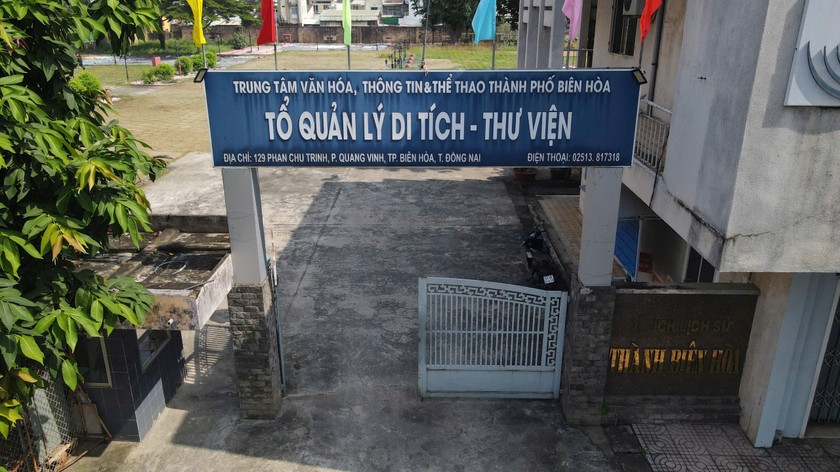
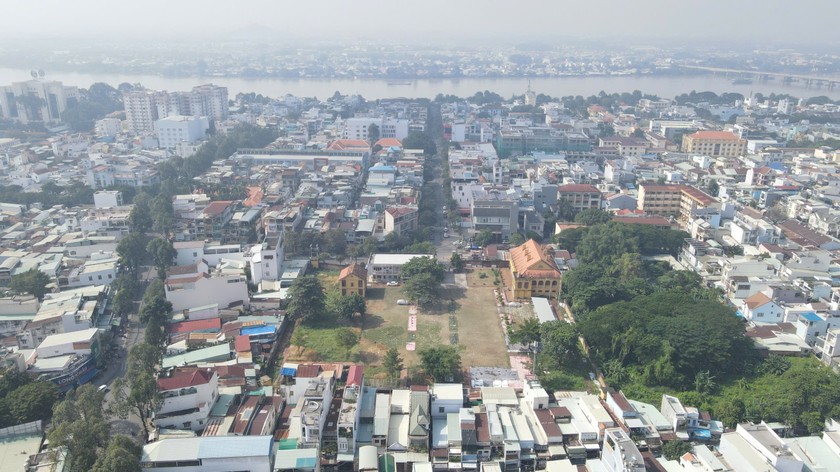
Bien Hoa Ancient Citadel (Cuu Citadel, Ken Citadel, Xang Da Citadel), formerly located in Phuoc Chanh District, Bien Hoa Province. Now Quang Vinh Ward, Bien Hoa City, Dong Nai Province with an area of about 1.1 hectares.
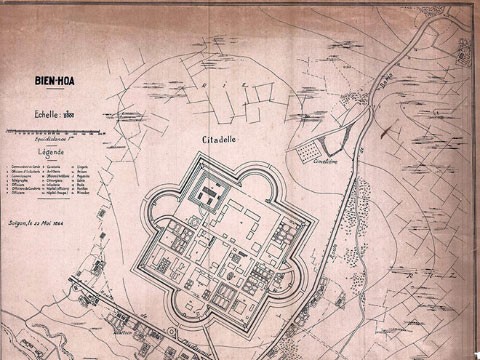
According to some documents, the citadel was built by the people at the beginning of the Nguyen Dynasty. In 1834, the 15th King Minh Mang had it rebuilt with earth in the shape of an arc. The four sides of the citadel were all 70 truong long, 4 thuoc 3 tac high, 1 truong thick, with 4 moats 2 truong wide and 6 thuoc deep, and named Thanh Cuu (documentary photo).
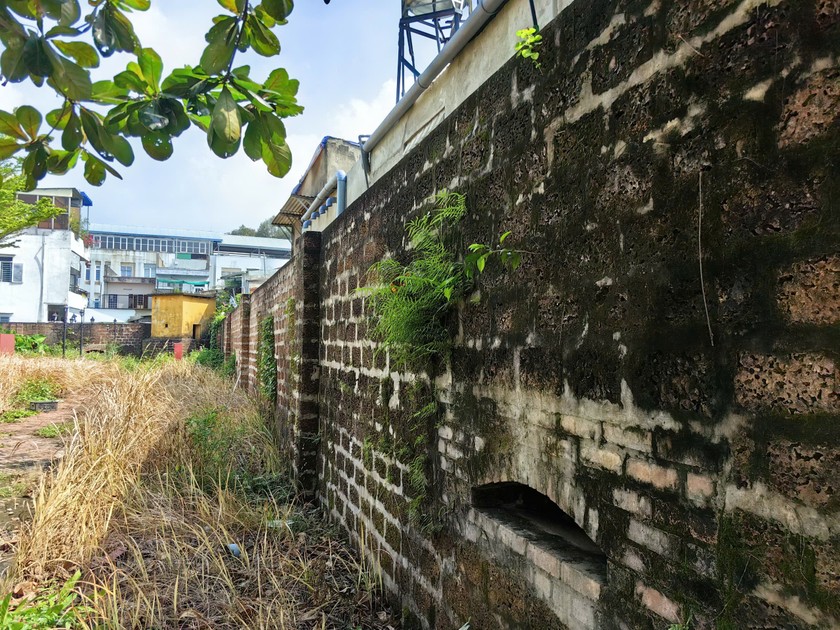
In 1837, King Minh Mang, the 18th of the Nguyen Dynasty, continued to build and expand the Citadel with laterite in the Vauban style, with a perimeter of 388 truong long, 8 thuoc 5 tac high, 1 truong thick, a moat 4 truong wide, 6 thuoc deep, built 2 flagpoles, opened 4 gates and a stone bridge across the moat as an entrance (ie the Citadel's perimeter was 1,645.12 meters, the wall was 3.604 meters high, 4.24 meters thick, the moat was 16.96 meters wide, 2.544 meters deep, with an area including the surrounding moat of more than 18 hectares) and was renamed Bien Hoa Citadel.
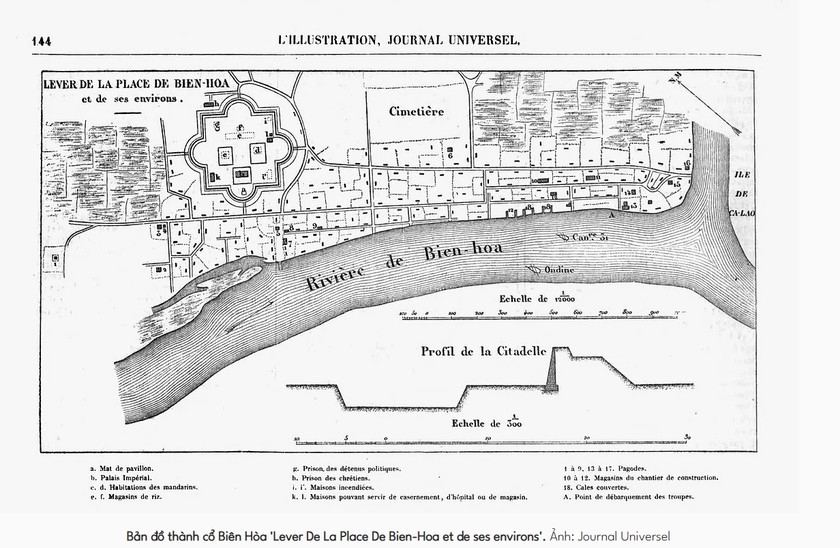
In 1861, the French colonialists captured Bien Hoa, turning Bien Hoa citadel into a military base to occupy Bien Hoa and neighboring provinces. After capturing this citadel, the French colonialists renovated and reduced the area of the citadel to 1/8 of the original size, built security and military facilities inside and outside the citadel: barracks, schools, military security offices, training grounds, shooting ranges, prisons and offices... arranged for high-ranking officers and soldiers of the enemy to guard, protect and work during the entire reign and called it Thanh Xang Da (Solda), the local people called it Thanh Ken.
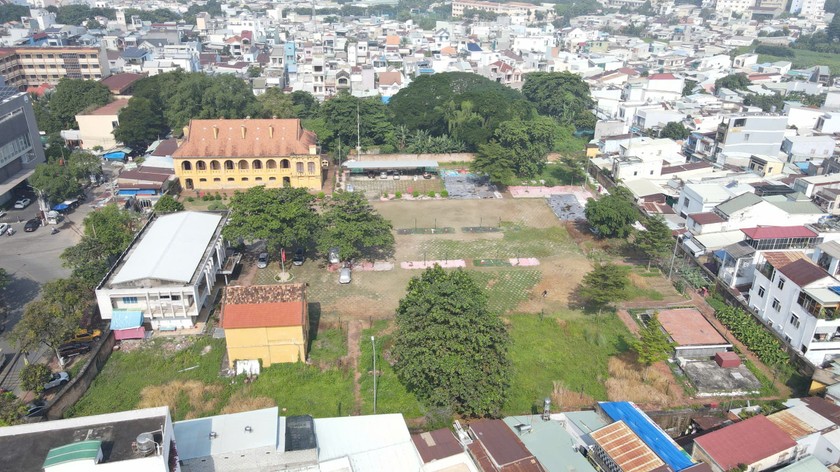
From 1954 to 1975, Bien Hoa Citadel did not change much. The US and the Republic of Vietnam government divided this place into two areas, Northwest and Southeast, by a road lined with tamarind trees, running from the main gate. After 1975, Bien Hoa Citadel was taken over by revolutionary forces and handed over to the Logistics Department of Dong Nai Provincial Police.
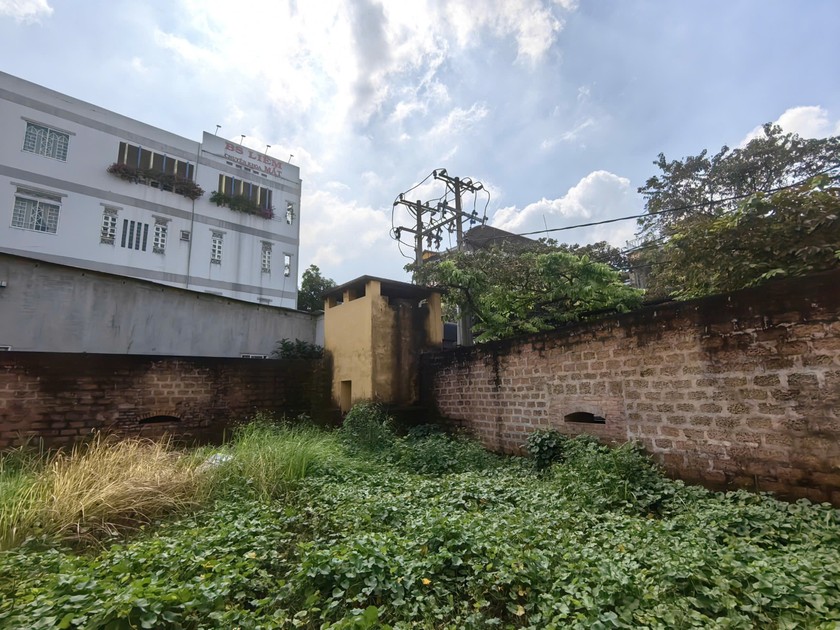
Currently, Bien Hoa Citadel only has sections of laterite walls 1 - 3 m high (depending on the terrain) linked together into a square with an area of 10,816.5 m2, along with some internal construction items: Two villas facing Northwest and Southeast of the citadel with laterite, bricks, oil-wood, arched doors, cast ceilings, fish-scale tiled roofs, hexagonal tiled floors; in addition, there are some bunkers built with laterite and bricks in the eastern corner of the citadel.
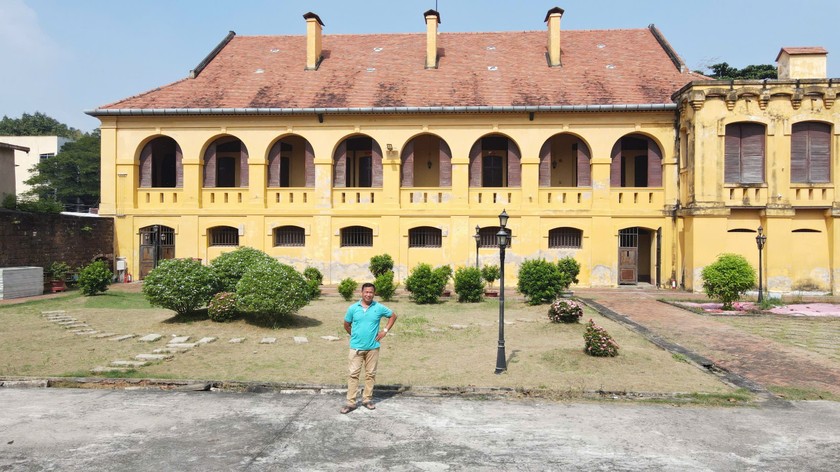
Thanh Ken is not only significant in studying the military strategy of feudal times, but also a place to preserve important cultural and historical values of Dong Nai province. Over time, Thanh Ken has become a tourist attraction and a place for future generations to better understand the history of formation and development of Bien Hoa land.
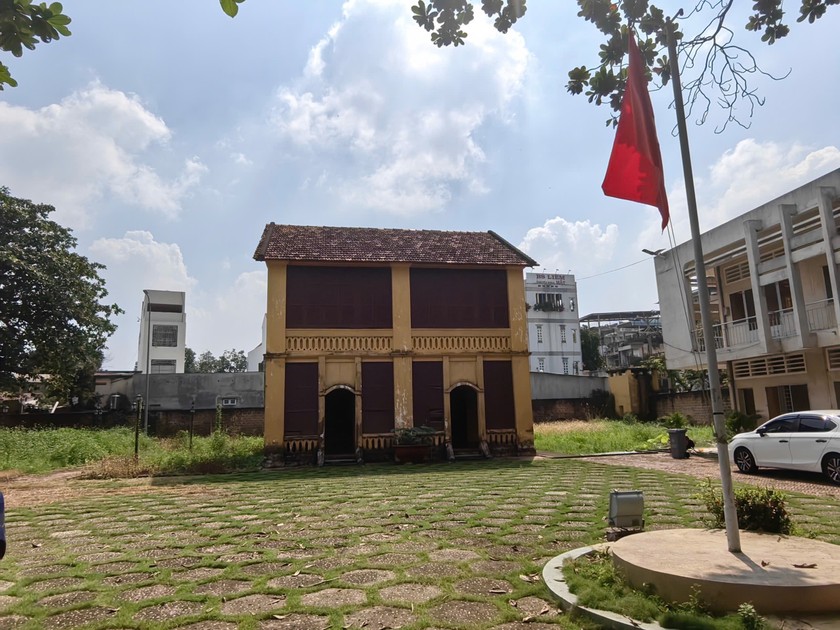
Currently, the local government and people are making efforts to preserve and promote the value of this historical relic. The restoration and preservation of Thanh Ken is being carried out to avoid deterioration due to the impact of time and the environment. At the same time, the relic is also included in educational and tourism programs, giving people and tourists the opportunity to learn and experience.
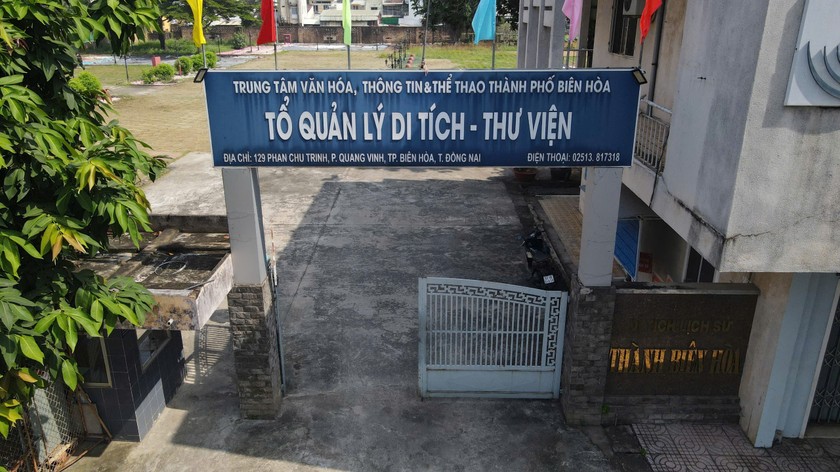
In 2008, Dong Nai Provincial People's Committee issued Decision No. 876/QD-UBND recognizing Bien Hoa Citadel as a provincial historical relic and in 2013, the Ministry of Culture, Sports and Tourism issued Decision No. 3995/QD-BVHTTDL recognizing Bien Hoa Citadel as a national historical relic.
Source: https://danviet.vn/dong-nai-co-mot-toa-thanh-co-o-bien-hoa-rong-11ha-hoan-thien-duoi-thoi-vua-minh-mang-nha-nguyen-2025021419292177.htm


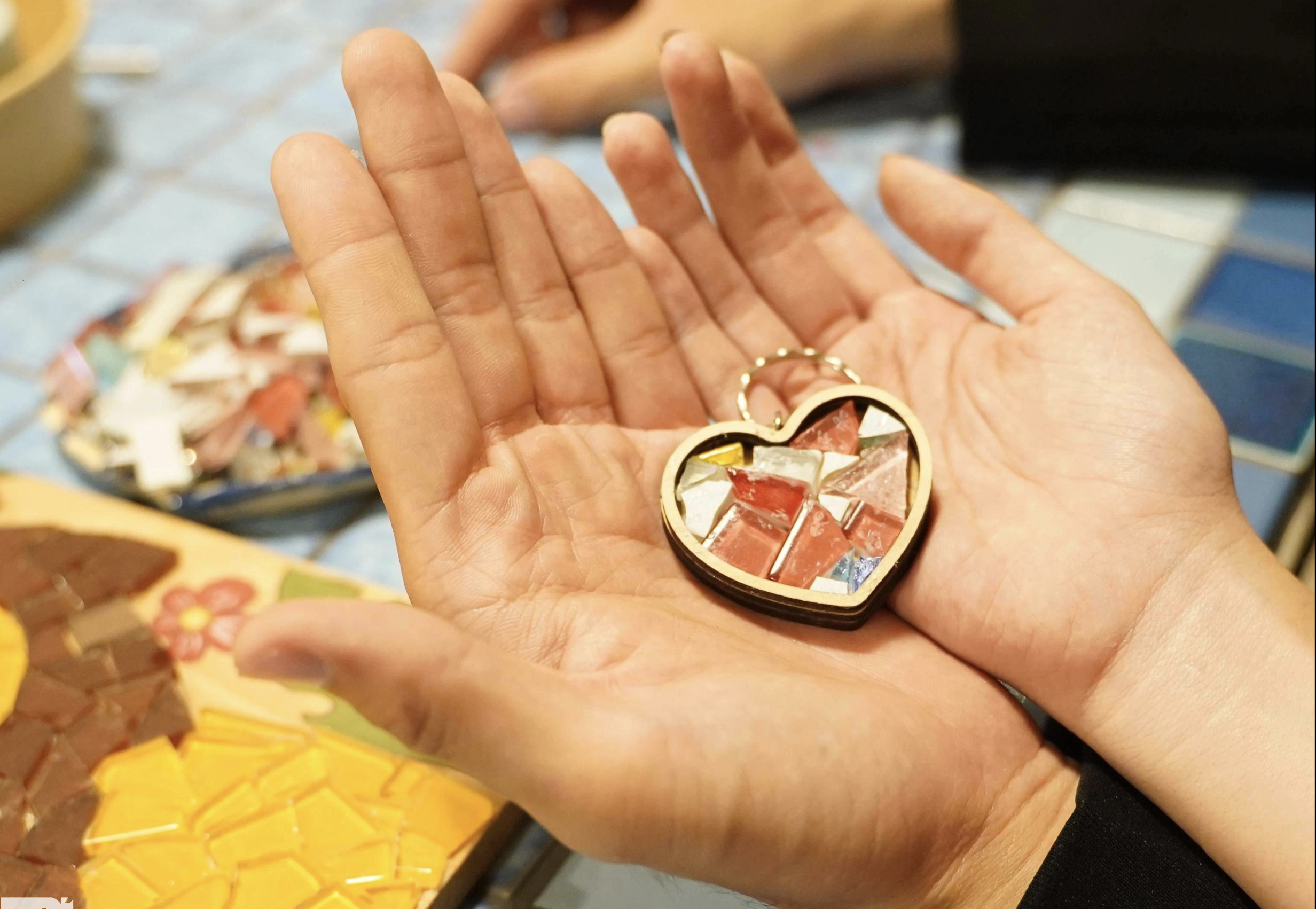


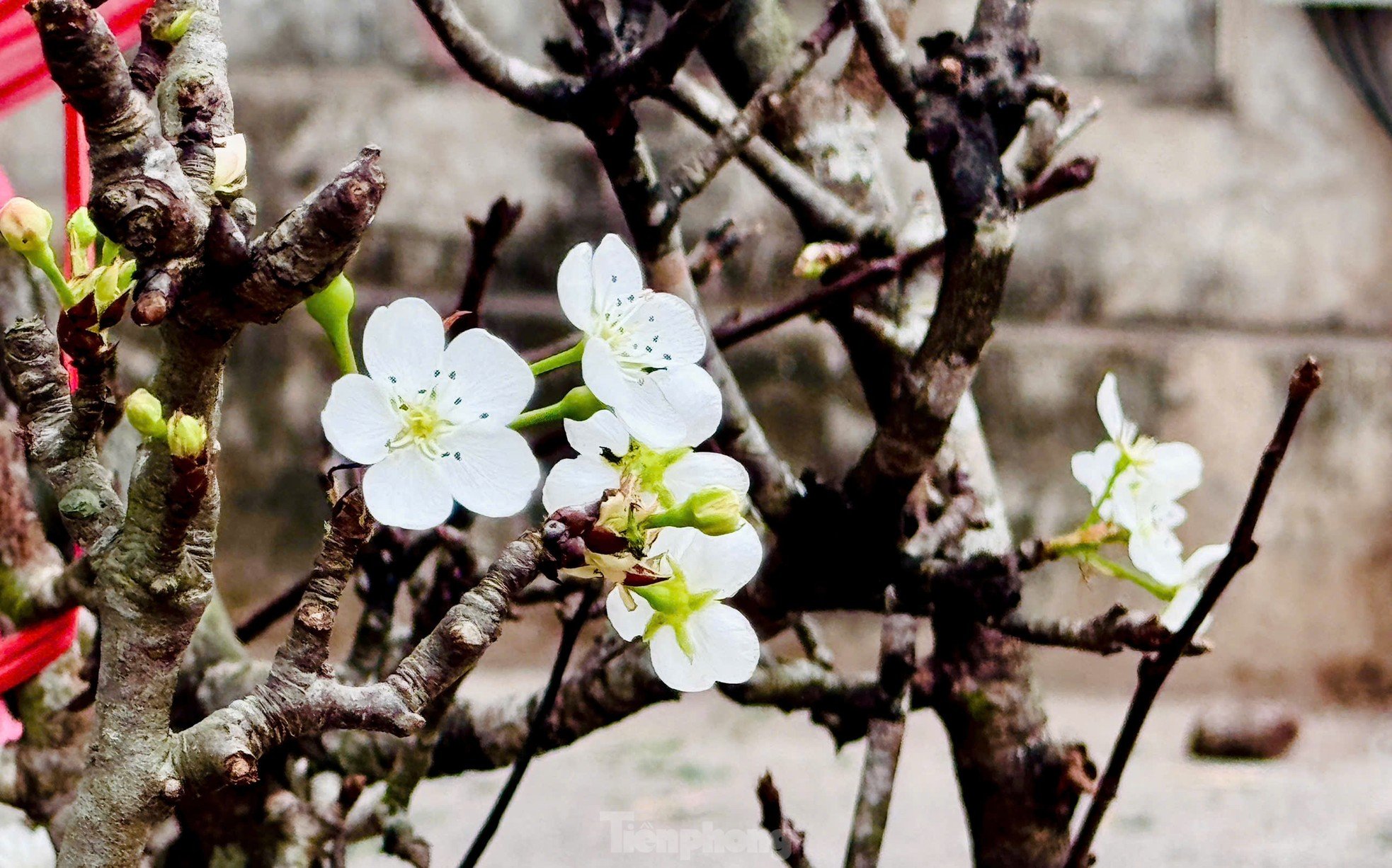
























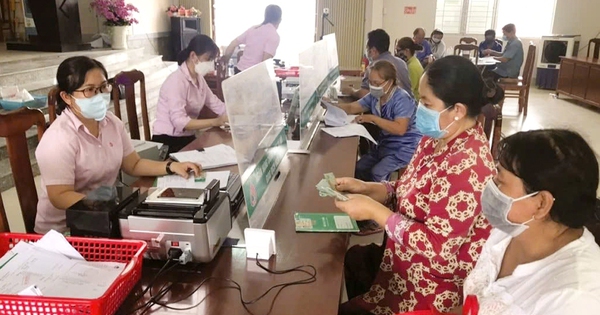


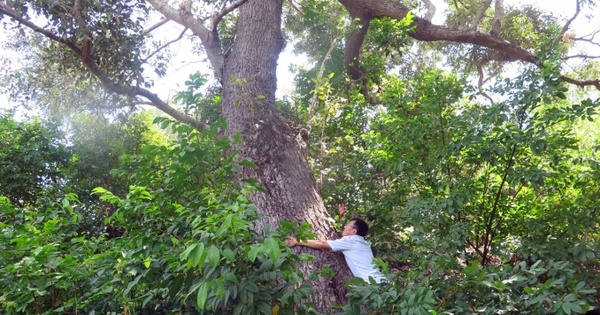
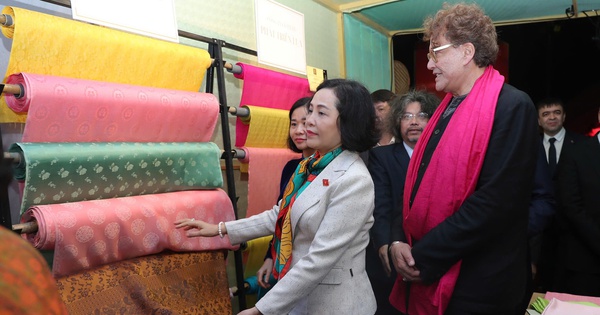
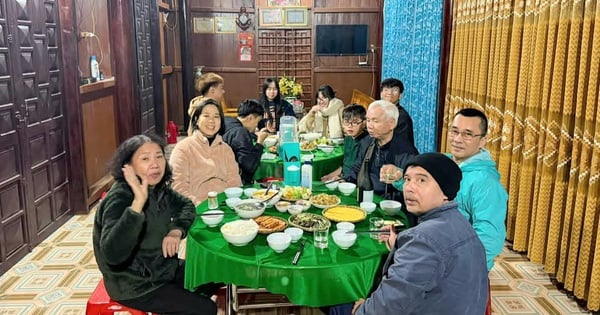

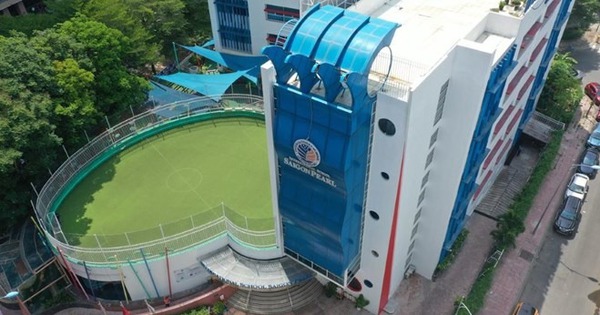




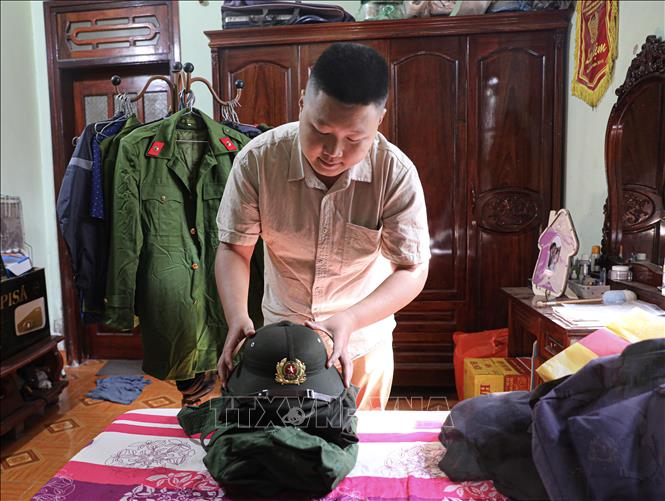

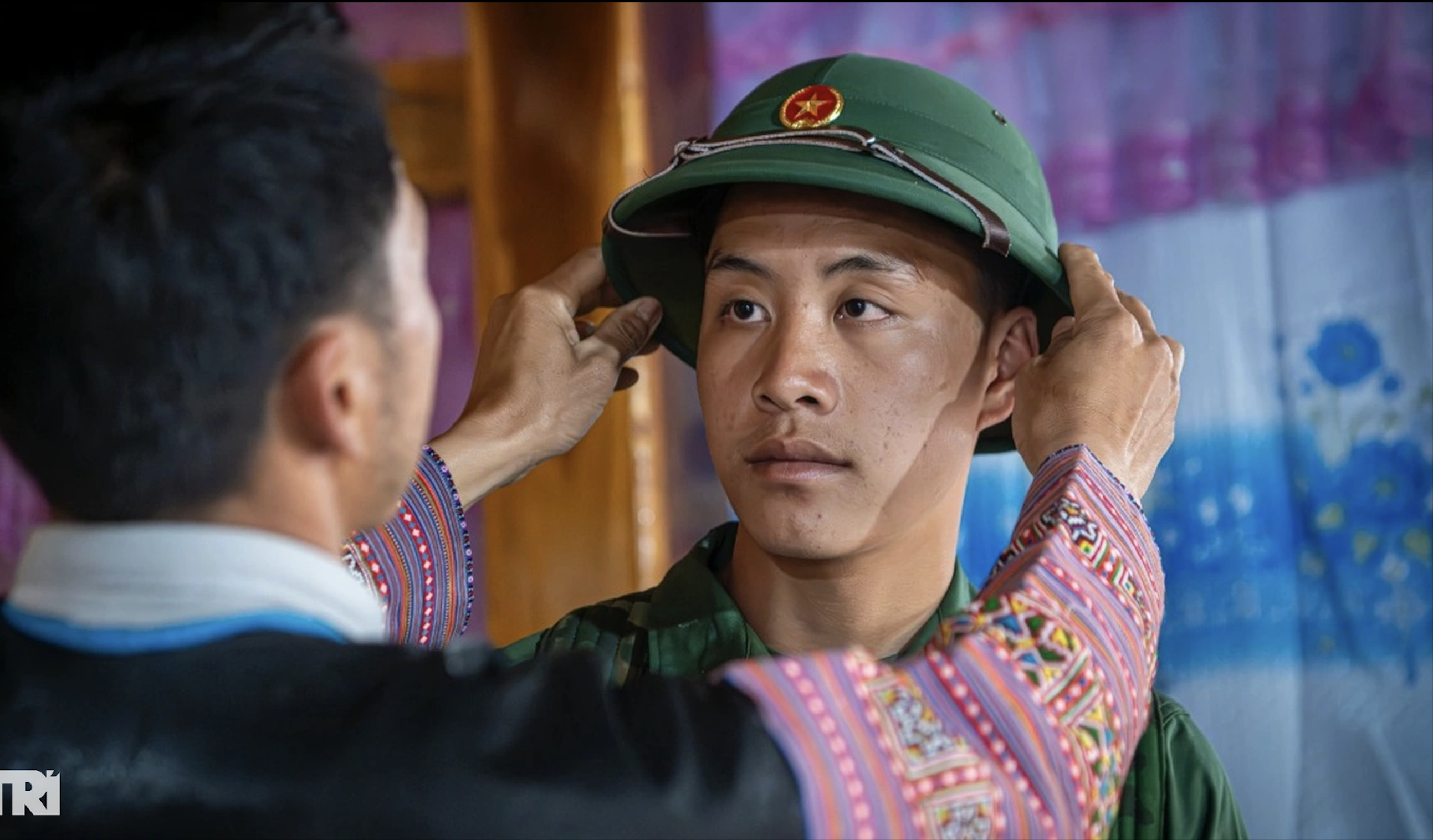

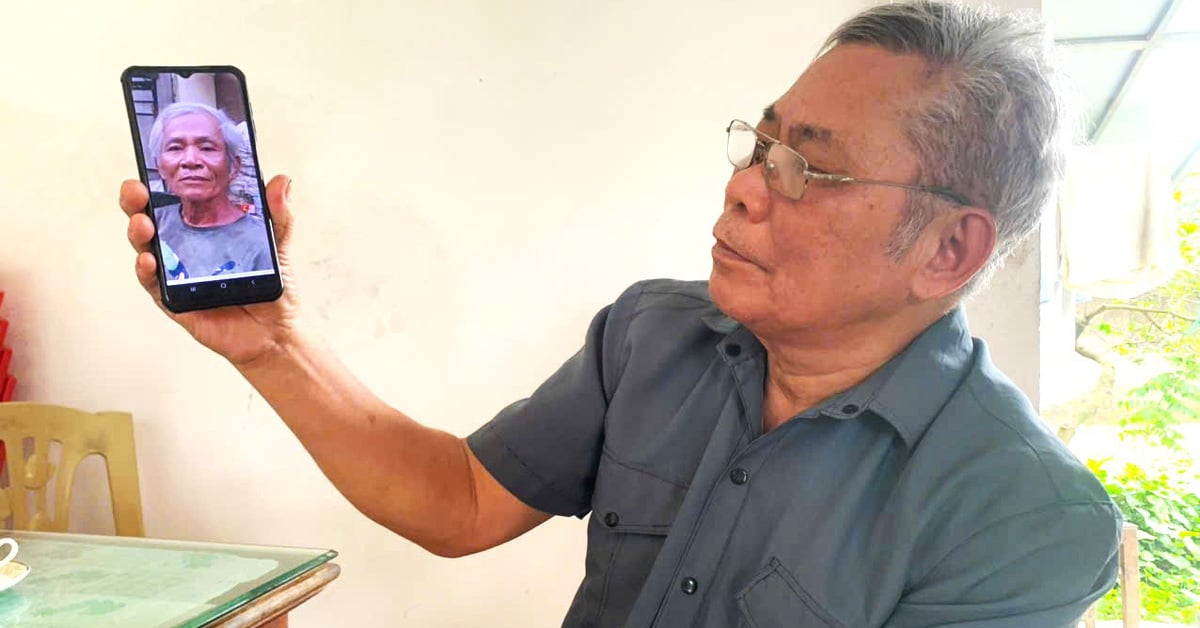





Comment (0)